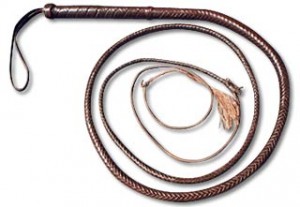I was working with a student today who, like many of my students, was being too nice with the Critical Reading answers.
Her thought process went something like this: “Well, A could be right since they mention nature in the passage. B could be right since they mention mathematical forms. C could be right since they mention emotions…” She was looking for all the reasons why an answer might-possibly-possibly-possibly be correct – instead of having a strong grasp of the main idea of the passage and evaluating answers based on that.
Get Tough
I’ve found that if students shift their perspective – from looking for why each answer might be right to searching for evidence why each answer is wrong – it will lead to an increase in their scores.
Only one of the five answer choices is correct – the others are wrong – and wrong for a reason.
Erika Meltzer, in her wonderful book The Critical Reader, identifies common reasons for wrong answers:
- off-topic
- too broad
- too extreme
- half-right, half-wrong (I call these pink ponies)
- could be true, but not enough information
- true for the passage as a whole, but not for the specific lines in question
- factually true, but not stated in the passage
By sharpening their deduction skills – why is this answer wrong? – students can often find the right answer more quickly and have a lot more confidence in their analytical skills.
